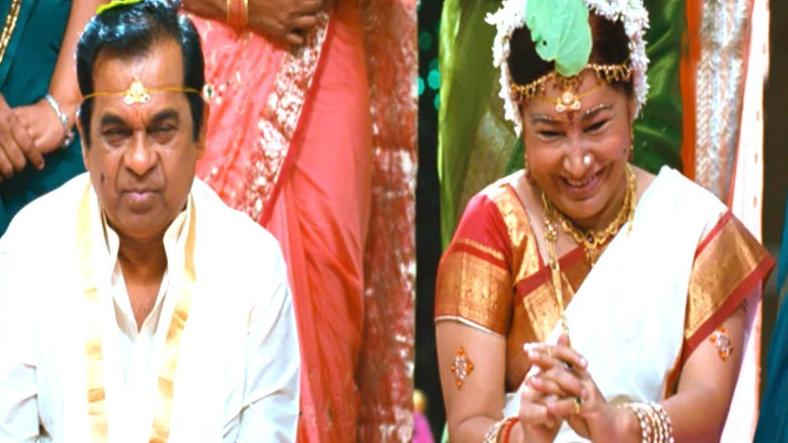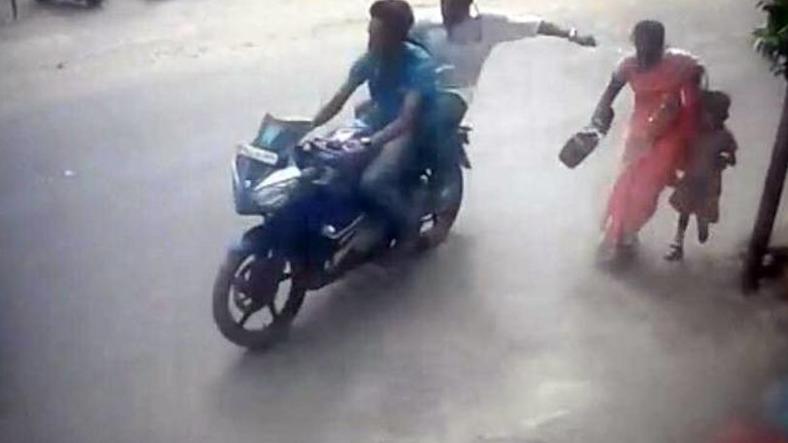South Indian Hindu weddings, especially in Andhra Pradesh, are known for their rich cultural traditions, meaningful rituals, and the strong involvement of both families. These marriages usually happen over one or more days and include mehndi, haldi, poojas, welcoming ceremonies, and several customs that mark the couple’s journey into married life.
While every family may follow traditions slightly differently, the overall structure across Telugu-speaking communities remains similar. Below is a naturally written, detailed version of the Andhra Hindu marriage process, with clear steps from the groom’s home to the bride’s home and the wedding venue.
1. Rituals at the Groom’s Home
Applying Mehndi to the Groom
In some Telugu families, the groom also gets a small mehndi design applied by cousins or sisters. This is done as a symbol of good luck and starts the wedding celebrations in a cheerful way.
Officially Making Him the Groom
Before the groom leaves for the wedding venue, he undergoes a small set of important rituals:
- Auspicious Haldi Bath: Married women in the family apply haldi to the groom. This is believed to purify him and bring blessings for his married life.
- Groom Pooja: A simple pooja is performed at home.
- Taking Blessings: The groom takes blessings from parents, grandparents, and close relatives. From this moment on, he is officially considered the groom.
Ganesh Pooja at Home
A Ganesh pooja is performed using the wedding outfits of both the bride and groom. This is done to seek blessings and ensure the wedding proceeds smoothly.
2. Rituals at the Bride’s Home
Applying Mehndi to the Bride
This is one of the most celebrated pre-wedding customs. Mehndi is applied to the bride’s hands and legs by an artist or close relatives. The atmosphere is filled with music, conversation, and excitement. Mehndi is believed to bring prosperity and good luck.
Haldi Ceremony for the Bride
Similar to the groom’s haldi, married women apply haldi to the bride. After this, the bride takes a traditional bath. This marks her transition into the role of the bride.
Officially Making Her the Bride
The bride seeks blessings from elders and participates in a pooja at home. This is the moment she is officially prepared for the marriage ceremony.
Ganesh and Gouri Pooja
At the bride’s house, a Ganesh pooja along with Gouri pooja is performed. Goddess Gouri is worshipped for marital happiness and harmony, making this pooja meaningful for the bride.
3. Rituals at the Wedding Venue
When the groom arrives at the wedding hall, the celebration becomes more lively. The bride’s family welcomes him warmly.
Groom’s Arrival
Upon arrival:
- The groom is offered soft drinks or sweets.
- Relatives welcome him with respect.
- A small Ganesh pooja is performed at the venue by both families.
This marks the start of the wedding functions at the venue.
Reception (Evening Function)
Many Telugu weddings include a reception on the evening before the main marriage ceremony.
- The bride and groom wear special outfits.
- Friends, relatives, and colleagues gather to congratulate the couple.
- Photographs and videos are taken.
- A large dinner is served for everyone.
This function allows both families to meet and interact in a relaxed atmosphere.
Next Morning: Haldi at the Venue
A haldi ceremony is held again at the wedding hall. The bride receives haldi first, followed by the groom. After this joint ritual, both the bride and groom get ready for the most important part of the wedding—the muhurtham.
4. Main Wedding Ceremony (Muhurtham)
The Mandap
The mandap is decorated with flowers and traditional elements. The priest arranges all items required for the rituals. This is where the marriage officially takes place.
Ganesh Pooja
The ceremony begins with a joint Ganesh pooja, seeking blessings for a smooth muhurtham.
Google Ad 1
Jeelakarra Bellam Ritual
This ritual is a key element of Telugu weddings.
- The couple places jeelakarra (cumin) and bellam (jaggery) on each other’s heads.
- This symbolizes that they will remain united forever, just as the mixture blends together.
Exchange of Garlands
The bride and groom exchange floral garlands, symbolizing acceptance of one another. Parents also participate by blessing the couple.
Kanyadaan (Giving Away the Bride)
The bride’s parents offer their daughter to the groom with blessings and promises. This is an emotional and meaningful ritual.
Tying of the Mangalsutra
Two gold coins are used:
- One coin is tied by the bride’s mother as a symbolic blessing.
- The second coin is tied by the groom, representing his promise to take care of the bride.
This marks the official union of the couple.
Applying Sindoor
The groom applies sindoor to the bride’s hair parting, signifying her married status.
Garmets Tying & Blessings
The priest ties the ends of their garments together. The couple then takes blessings from both families and elders.
Showering Rice
The couple showers rice on each other, symbolizing prosperity and mutual respect.
Arundhati Star Ritual
The groom shows the bride the Arundhati star, representing an ideal married couple from ancient tradition. This ritual symbolizes loyalty and marital harmony.
Goodbye Ceremony
The bride leaves for the groom’s home. This marks her official entry into her new family.
5. Arrival at the Groom’s Home
Upon arriving at the groom’s home:
- The couple performs a small pooja.
- Sweets are offered.
- The bride is introduced to extended family members and begins her new journey.
6. Visit to Bride’s Home
Later the same day, the newlywed couple visits the bride’s home again.
- The traditional first night arrangement is made here.
- The couple typically stays at the bride’s home for 3–4 days before returning to the groom’s home.
7. Returning to the Groom’s Home
After completing rituals at the bride’s house, the couple officially begins their married life at the groom’s home. Additional customs may continue depending on the family.
Conclusion
South Indian Hindu marriages, especially in Andhra culture, follow a beautiful sequence of rituals that have been passed down for generations. From mehndi and haldi to the sacred rituals at the mandap, every step reflects respect, blessings, and the joining of two families. Even though each family may have minor variations, the core message remains consistent—honoring tradition, celebrating unity, and welcoming a new phase of life for the bride and groom.
Thank you for reading this article on PeoplesBlog. For more lifestyle articles, explore our other posts.















